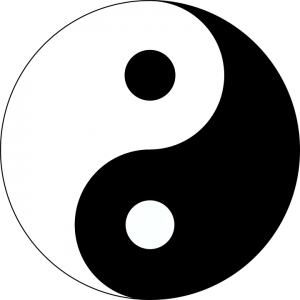In the West, when something happens we ask what we can do about it. In the East when something happens they ask what has caused it. Traditional Chinese Medicine looks for the underlying causes of imbalances and patterns of disharmony within the body and views each patient as a being unique. Western Medicine generally provides treatment for a specific illness, whereas Traditional Chinese Medicine addresses how illnesses manifest in a particular patient and then treat that patient not just the disease. The Chinese way tends to treat the whole body rather than to try and isolate a particular infected area.
Conventional Western medicine and Traditional Chinese Medicine should be seen as complementary to each other, rather than as alternatives. Both types of medicine have their advantage and drawbacks, which is why they need to work hand in hand for optimal results. Research has also shown that Traditional Chinese Medicine can effectively complement western medicine when the two systems are used for acute, chronic or life-threatening disease. In China , a combination of Traditional Chinese Medicine and western medicine has been shown to be more effectively treat cancers than western medicine alone.
To discover more information on Traditional Chinese Medicine, please click on the questions below:
